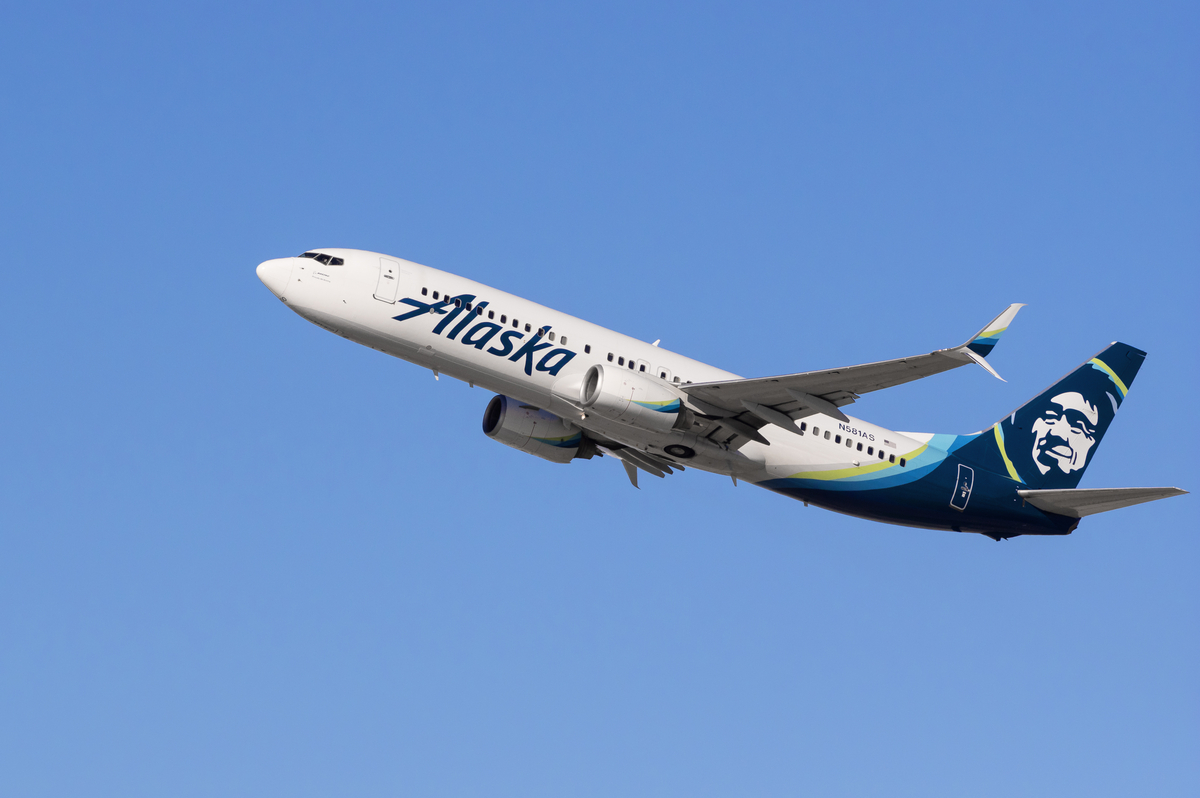
Alaska Airlines announced Sunday it will acquire Hawaiian Airlines for $1.9 billion. This leaves many customers wondering what this might mean for them, as well as the future of air travel. The merger will allow Alaska Airlines to triple flights from Hawaii to destinations across North America. It will also allow for long-haul flights to and from Asia. However, the merger is not finalized yet.
The details of the merger
The merger deal is expected to close at $1.9 billion and should create earnings of nearly $235 million over the next two years, according to Alaska Airlines. “We’ve always been a growth airline and, with this combination, we intend to grow more, both domestically and internationally,” Alaska’s chief executive, Ben Minicucci, said in an interview with the New York Times.
With the two airlines combined, service would be available to 138 destinations, including nonstop flights from the United States to locations in Central America, Mexico, Asia, and Australia.
Possible hurdles to consider
The merging of the two airlines is likely to be criticized by President Joe Biden’s Justice Department, who recently won a lawsuit to break up a partnership between JetBlue Airways and American Airlines. The Justice Department has enforced antitrust laws to prevent mergers, acquisitions, and other deals that would reduce competition in the aviation industry.
American Airlines, United, Delta, and Southwest currently control around 80% of the U.S. market, which is a result of many years of mergers. If Hawaiian Airlines and Alaska Airlines merge, they will sell over 38% of flights to Hawaii, which is more than double that of the closest competitor, United.
The good news for Alaska and Hawaiian Airlines, however, is that they only compete on about 3% of the routes that they offer. Because the two airlines offer similar services and similar prices, they may receive less pushback from federal regulators.
The Association of Flight Attendants-CWA, which represents employees at both airlines, is not supporting nor denouncing the merger. “Our first priority is to determine whether this merger will improve conditions for flight attendants just like the benefits the companies have described for shareholders and consumers,” the AFA said in a recent statement. “Our support of the merger will depend on this.”

What’s next for Alaska Airlines?
Don’t expect air travel to change any time soon. The merger deal is expected to take 12 to 18 months to get all of the required approvals. Once approved, the sale will not only give the airline a majority of the control of the Hawaiian market, but it will also expand the fleet of planes owned by Alaska. Alaska, which only currently operates two types of aircraft, will inherit both Boeing and Airbus jets. The merger will also give the airline 8.2% of the market, which is a jump from the 6.4% they currently have.
The combined company will be based in Seattle, where Alaska Airlines is currently headquartered and will be led by Minicucci.



